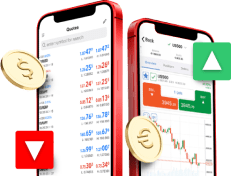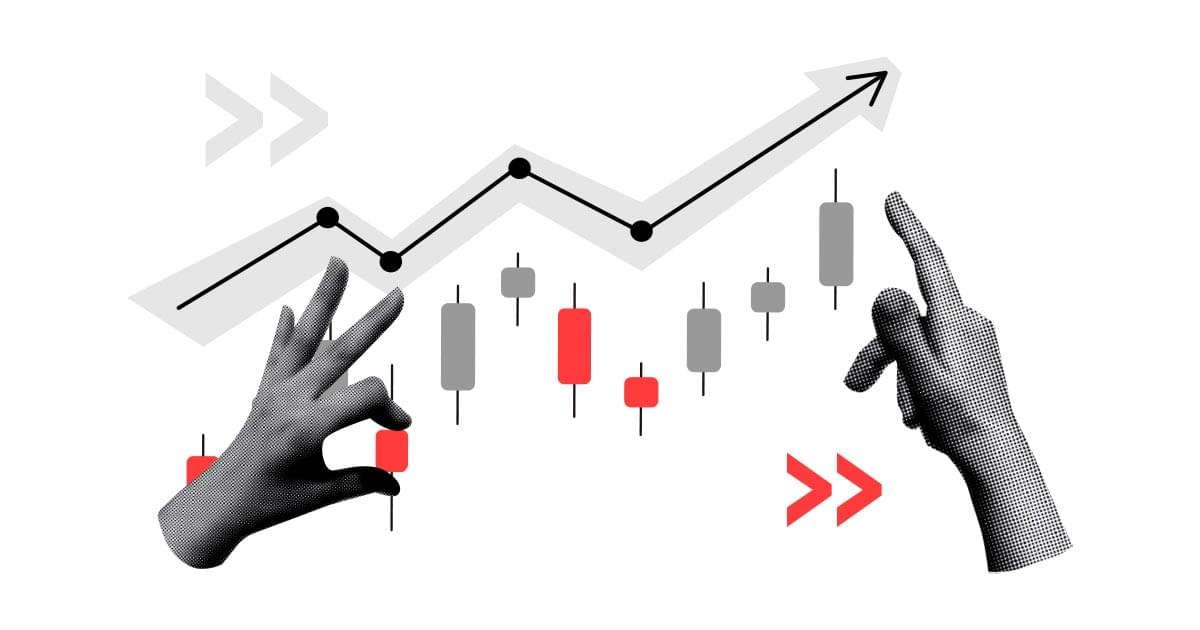Apple has unveiled the Vision Pro goggles, costing $3,500. Comments seem to indicate a negative perception of this product. However, it does not seem to represent a major point on the revenue side of the well-known US company, which has been generating huge profits from its operations for many years.
Apple's current capitalisation exceeds USD 2.8 trillion. However, it is worth distinguishing between the current valuation and the actual value of the company. The former is determined by the parties to a buy/sell transaction at the time of the deal, while the latter tells us about the company's growth potential and profits in the future. The main problem in estimating value seems to be determining the rate of growth (or decline) of future profits, which the market tries to do on a daily basis. It is therefore worth considering how fast Apple would have to grow to actually be worth US$2.8 trillion.
A few words about Apple's business model
Apple's company needs no introduction. However, before moving on to assess its value, it is worth looking at its business profile. Apple generates a significant proportion of its revenue through sales of devices such as the iPhone, iPad, Mac and Apple Watch (device sales account for 80 per cent of revenue). The main source of revenue is iPhone sales, which account for 55 percent of sales. Another 20 percent of revenue comes from various services, such as maintaining its own ecosystem including the App Store, iTunes, Apple Music, Apple Pay, iCloud and others. The main market for Apple's product sales remains the US (41 per cent), Europe (24 per cent) and mainland China (19 per cent).

Source: Conotoxia MT5, Apple, Daily
Discounted Cash Flow Model - DCF
The Discounted Cash Flow (DCF) model, also known as the DCF method, is a financial tool used by investment funds and others to determine the value of assets, mainly companies. The method is based on the projected cash flows generated by an instrument. These are then compared to the present value. This takes into account the time value of money and the required interest rate by investors as a reward for taking investment risk. This risk is measured by the so-called beta, the interpretation of which is very simple. A beta of 1 means that the investment is as risky as the market average.
The DCF model assumes that the value of an asset depends mainly on future cash flows and not on other factors such as market trends (e.g. popularity of a sector) or market volatility.
The analysis can be divided into two stages. The first involves the rapid development of the company over the next 10 years, until the company reaches a dominant position in the market (stable growth). After this stage, even the best companies start to develop more slowly, as most of their potential has already been exploited.
How fast would Apple have to grow?
Although the company's revenues have increased by an average of 8.5 per cent per year over the past five years, operating profit has increased by an average of 7.9 per cent per year over the same period. If we look at the free cash flow (FCFF), we see that it is consistently positive. This means that the company generates more cash than it spends on its operations.

Source: https://www.discoverci.com/companies/AAPL/free-cash-flow-to-firm-fcff
The discount rate we mentioned earlier is the interest rate demanded by investors as compensation for taking investment risk. According to the Gurufocus portal, the rate expected by investors (taking into account the debt rate) is 11.6 percent (beta 1.38). After a certain stage of development, when the company has become large enough, the growth rate slows down and the expected rate can fall to 10.2 per cent (beta 1.2).
Under the assumptions outlined, Apple could reach USD 3 trillion, with continued operating profit (EBIT) growth of 18 per cent year-on-year for the next 10 years. This would require the company to grow twice as fast as it has in the past five years. However, such a scenario seems unlikely, regardless of the success of Apple Vision Pro.

Source: Conotoxia Ltd own analysis
Grzegorz Dróżdż, CAI, Market Analyst of Conotoxia Ltd. (Conotoxia investment service)
Materials, analysis and opinions contained, referenced or provided herein are intended solely for informational and educational purposes. Personal opinion of the author does not represent and should not be constructed as a statement or an investment advice made by Conotoxia Ltd. All indiscriminate reliance on illustrative or informational materials may lead to losses. Past performance is not a reliable indicator of future results.
CFDs are complex instruments and come with a high risk of losing money rapidly due to leverage. 73.18% of retail investor accounts lose money when trading CFDs with this provider. You should consider whether you understand how CFDs work and whether you can afford to take the high risk of losing your money.


